Conservation tourism is an innovative approach to wildlife preservation that combines the objectives of environmental conservation and tourism. By encouraging tourists to engage in activities that support wildlife conservation efforts, this form of tourism generates funding, raises awareness about endangered species, and plays a vital role in saving big cats such as tigers, lions, leopards, and cheetahs. As a result, conservation tourism for big cats is gaining momentum as a crucial tool for their survival.
The Plight of Big Cats
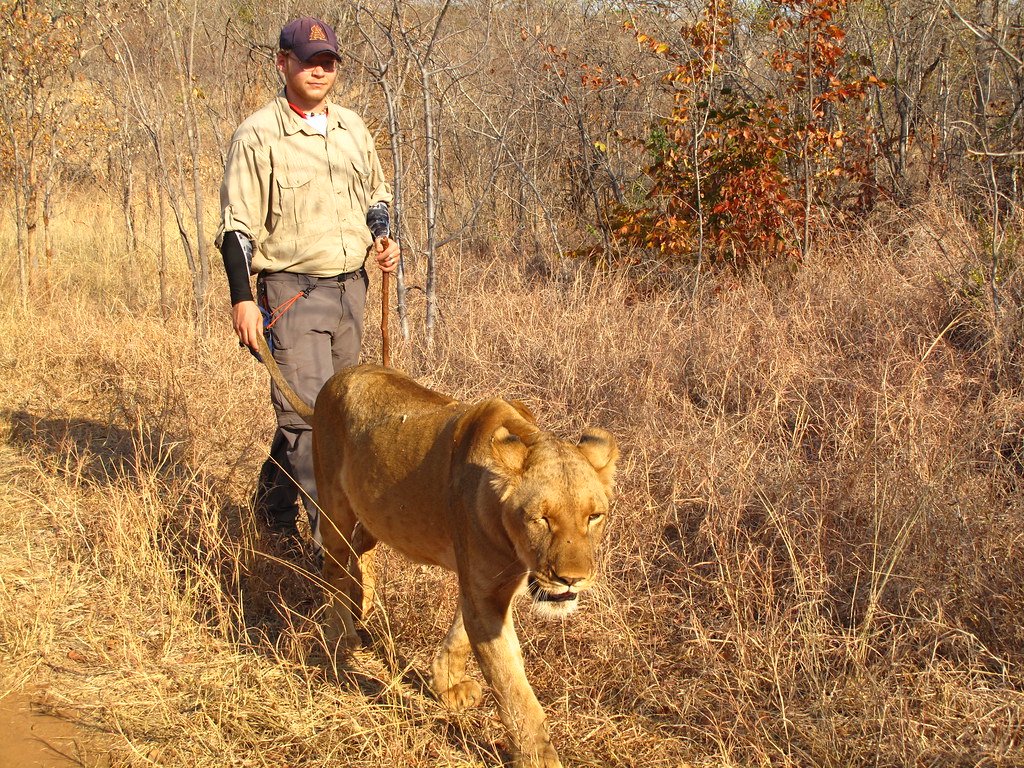
Big cats are among the most iconic and majestic creatures on the planet, but they face numerous threats that have led to dramatic declines in their populations. Habitat loss, human-wildlife conflict, poaching, and the illegal wildlife trade have all contributed to making many big cat species vulnerable or endangered. Conservation efforts are critical to reversing these trends and ensuring their survival.
The Synergy Between Tourism and Conservation
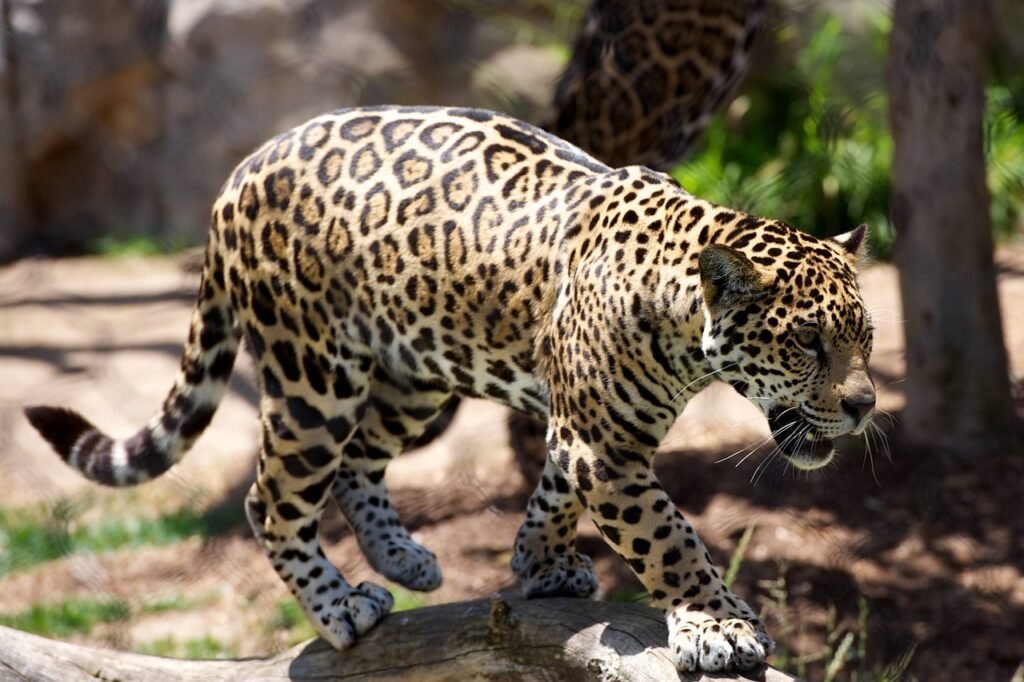
Conservation tourism creates a symbiotic relationship between preserving natural habitats and promoting responsible tourism. By providing financial resources to local communities and wildlife reserves, tourism supports conservation projects and helps fund anti-poaching initiatives, habitat restoration, and research programs. It encourages the public to value ecosystems as economic assets, incentivizing their protection.
Creating Economic Incentives for Conservation
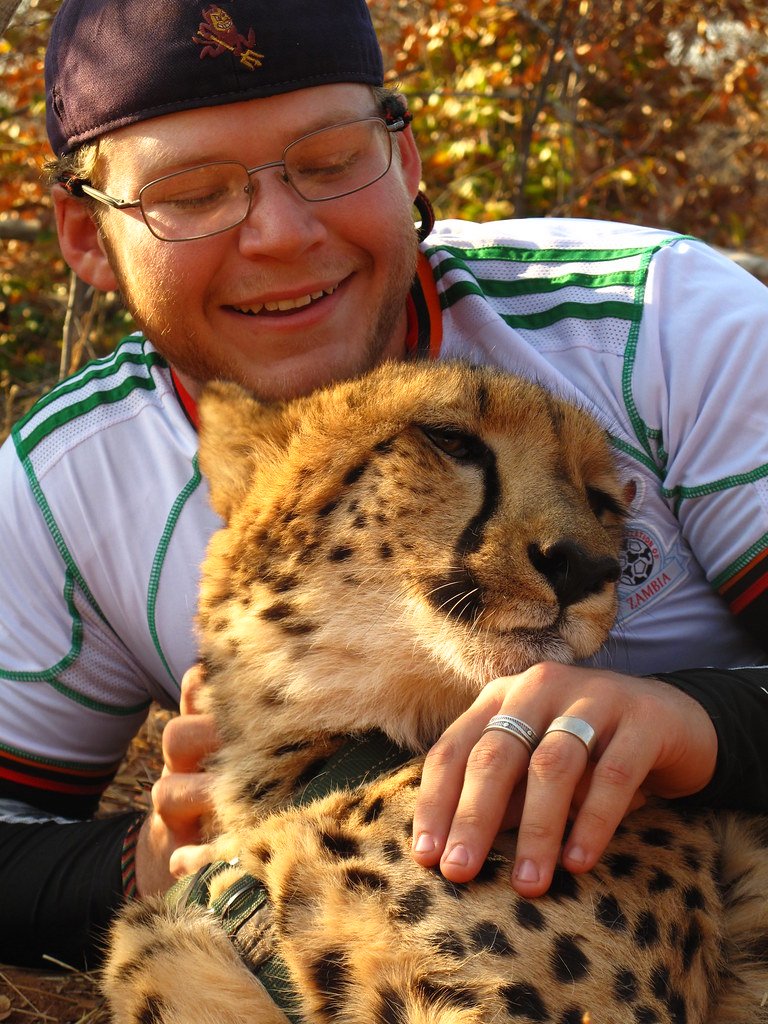
One of the primary benefits of conservation tourism is its ability to generate income for local communities. By creating jobs and providing alternative sources of livelihood, it helps reduce reliance on practices that harm wildlife, such as poaching or unsustainable agriculture. In some regions, communities have seen significant improvements in living standards thanks to revenues from eco-friendly tourism.
Raising Global Awareness

Conservation tourism plays a vital role in educating tourists about the importance of protecting big cats. By experiencing these animals in their natural habitats, visitors gain a deeper understanding of the challenges they face and the efforts needed to conserve them. This experience often leads to increased support for conservation initiatives and awareness campaigns worldwide.
Success Stories in Big Cat Conservation

Several successful big cat conservation projects underscore the effectiveness of conservation tourism. For example, India’s Project Tiger and Nepal’s Chitwan National Park have both used tourism revenue to implement conservation strategies, leading to increased tiger populations in these regions. Similarly, African countries like Botswana and Kenya have seen success in lion conservation partly through responsible tourism practices.
Challenges in Implementing Conservation Tourism
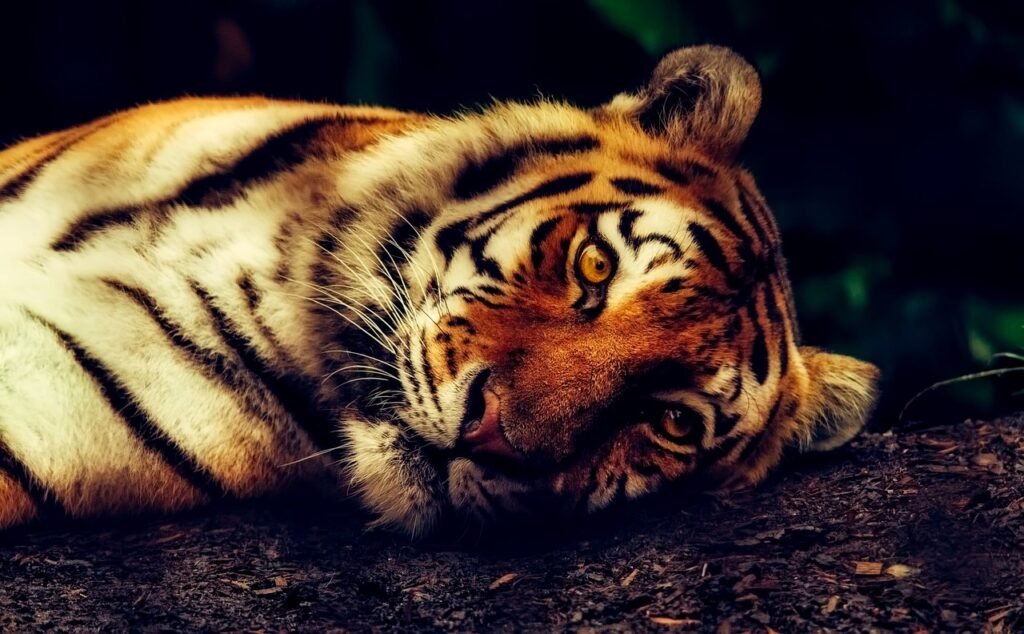
Despite its benefits, conservation tourism faces challenges that need to be addressed. Overcrowding and mismanagement can lead to negative impacts on wildlife and habitats. Ensuring that tourism activities are conducted sustainably and do not stress animals or degrade their environments is critical. Effective regulations and management practices are necessary to maximize the positive impacts of tourism on conservation.
Engaging Communities in Conservation Efforts

The involvement of local communities is crucial for the success of conservation tourism. By engaging and empowering these communities, conservation programs become more effective and culturally sensitive. Programs that include education, capacity building, and benefit-sharing models ensure that the people who live alongside big cats are motivated to participate in their conservation.
Innovations and Future Directions
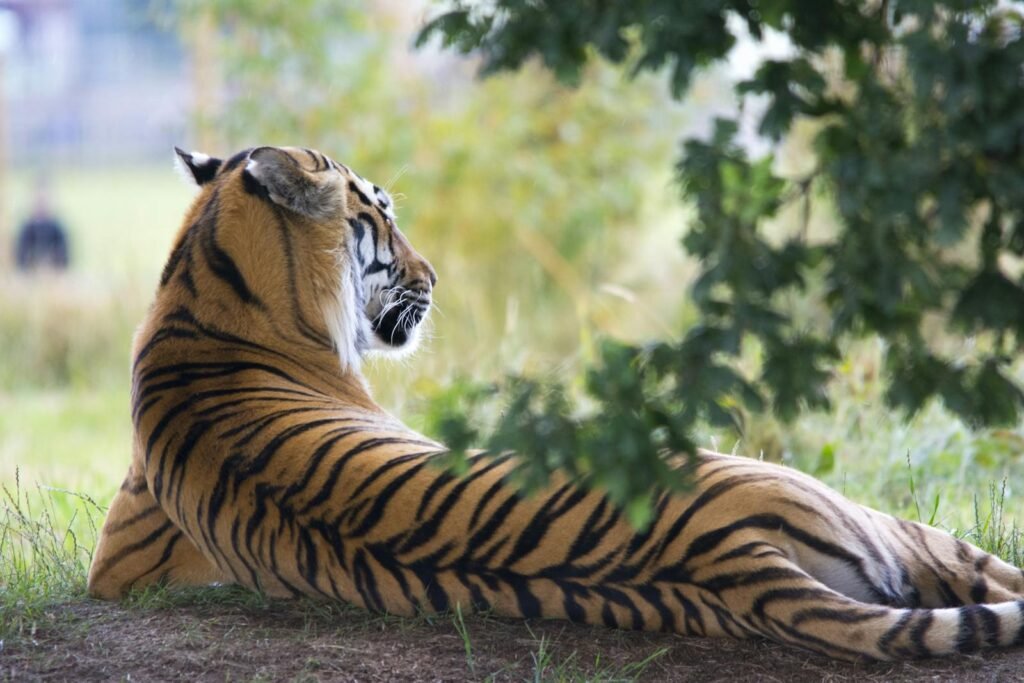
Technological advancements and innovative approaches are enhancing the effectiveness of conservation tourism. Tools such as wildlife tracking apps, virtual reality experiences, and drone surveys provide new ways to monitor and manage big cat populations. Future directions in conservation tourism include stronger integration of technology, community-based conservation models, and partnerships between governments, NGOs, and private sectors.
How Travelers Can Make a Difference
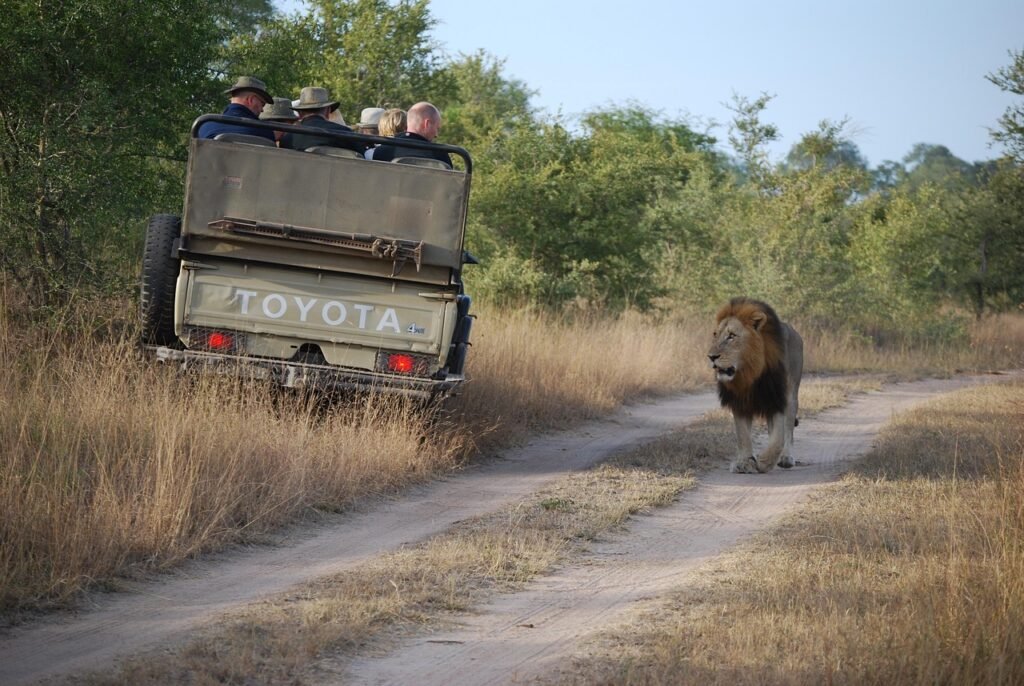
Travelers can contribute significantly to big cat conservation by choosing responsible tour operators that prioritize sustainability and wildlife protection. Supporting conservation initiatives, respecting wildlife guidelines, and spreading awareness about the plight of big cats are ways tourists can make a meaningful impact. Ethical travel choices empower travelers to be part of the solution rather than the problem.
The Lasting Impact of Conservation Tourism
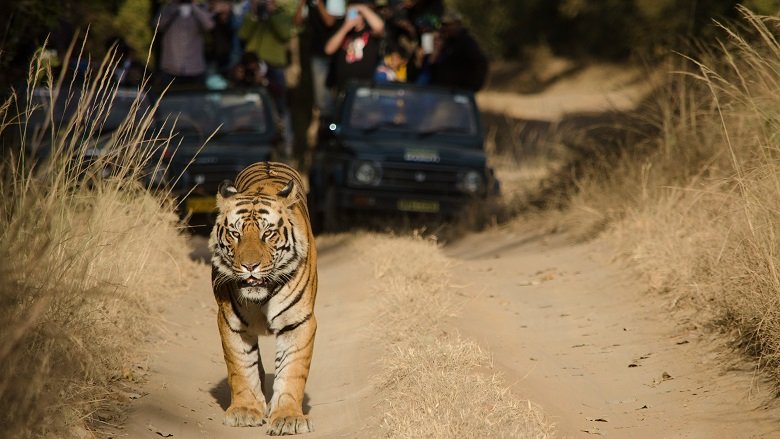
Conservation tourism offers a promising path for the protection of big cats around the world. By balancing ecological needs with economic incentives, it provides a sustainable model for wildlife conservation. With continued support and refinement, conservation tourism can help secure a future where big cats and people coexist harmoniously, preserving biodiversity for generations to come.

Growing up traveling and experiencing new cultures and wonders, I have had a passion for nature, adventuring, photography, and videography. I am currently working towards a BSc in Biodiversity and Ecology at Stellenbosch University, and I hope to specialise in Marine Sciences one day.
Please send any feedback to Feedback@animalsaroundtheglobe.com






